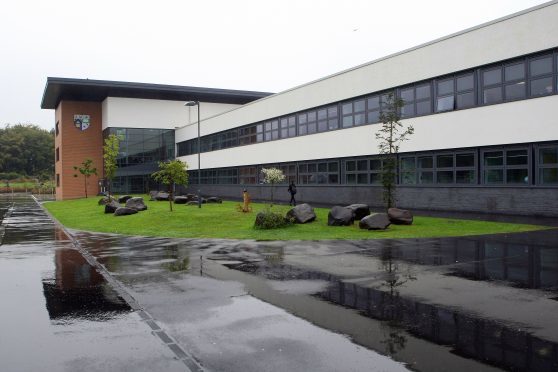Young people from Glenrothes are less likely to be accepted to university than those from anywhere else in the UK, new figures have suggested.
According to a report by the Universities and Colleges Admissions Service (UCAS), only 16% of applicants from the Glenrothes constituency area were given a place.
The area was one of only two in Scotland, alongside Glasgow North East, to appear in the UK’s bottom 10.
Prospective students from Dundee East, Dundee West and Dunfermline and West Fife constituencies fared little better in the report, with just 20% from each accepted to the universities of their choice.
At the other end of the spectrum, 62% of people from the wealthy Wimbledon constituency were accepted into university.
No Scottish constituencies featured in the top 10 areas with the highest entry rates.
UCAS, which operates the application process for British universities, made it clear in its report – published on Monday – that the figures do not include applications for entry to further education colleges in Scotland, which is where a third of young entrants study.
This means many more young people could be undertaking higher education than the data suggests.
Glenrothes MP Peter Grant said this would appear to be the case in his constituency, which also includes Levenmouth.
He pointed out that the figures also exclude anyone who left school after S5 and went to university aged 17, almost unheard of in England but still an option in Scotland.
The SNP MP said he was still looking at the report in detail, but added: “They don’t reflect the discussions I have with schools in my constituency which are seeing the benefits of Scottish Government drives to improve access to higher education for young people from poorer families.
“The UCAS figures certainly don’t recognise the fact that in 2015/16, the most recent published results show that all three high schools in Glenrothes saw over 90% of their school leavers moving on to a positive destination after school.”
The Scottish Government said good progress was being made and a record number of students from the 20% most deprived areas in Scotland successfully gained a place at university according to UCAS figures.
“This government is fully committed to ensuring fair access to higher education so that every child, no matter their background, will have an equal chance of going to university,” said a spokesperson.
“Since 2013 we have increased the total number of funded places available at Scottish universities, including additional places to widen access to students from Scotland’s most deprived areas.
“To meet the targets set out in the Commission for Widening Access, universities must also take early and immediate action. As autonomous institutions, they must do all they can to deliver on the widening access agenda and that includes contextualised admissions and articulation for college students directly into university.”









